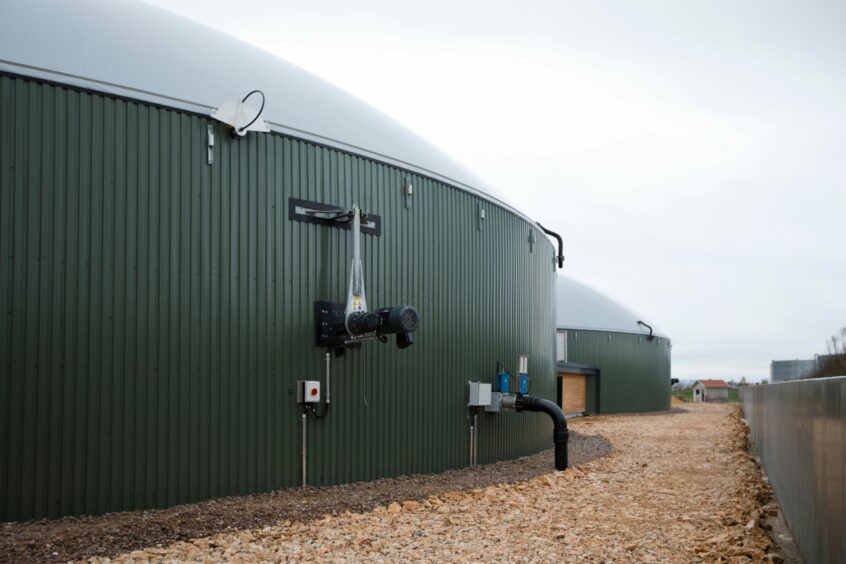Farms in Fife and Stirlingshire have been selected for full-scale trials of a new additive designed to reduce waste and make anaerobic digesters (AD) more efficient.
The three-month trials will see Edinburgh-based Carbogenics add CreChar, a product made from from waste paper and cardboard, to the plants after earlier trials showed it encourages the development of the microorganisms that digest food or farm waste.
According to the company the increased efficiency means an anaerobic digester can produce more biogas from the same amount of feedstock, or maintain its output using less feedstock.
At one of the trial sites, Strathendrick Biogas in Stirlingshire, the AD plant processes a variable mixture of food and farm waste including grass silage, distillery by-products and barley mill waste.
The operator of the site, Robert Kennedy, said an earlier trial resulted in a significant improvement in gas production and efficiency.
He added: “I am delighted to step up these trials to test the robustness of the product further.
“CreChar is a game changer for biogas operators, allowing them to maximise biogas production whilst reducing feedstock costs.”
The two other sites, in Fife and Nottinghamshire, use other types of farm waste including chicken manure, and both put their biogas directly into the local gas grid.
Carbogenics believe that they can make anaerobic digestion more attractive to farmers and landowners by helping divert food and farm waste from landfill and in turn reducing greenhouse gas emissions.
The company’s chief executive, Ed Craig, said previous attempts to improve efficiency had focused on engineering solution.
“They have a high cost whereas our focus is on the biology of the process. Our solution is low-cost and simple to administer,” he said.
“Farmers, landowners and other businesses thinking of expanding their anaerobic digestion operations or investing in this technology for the first time want to see what works.
“That is why we have recruited three AD operators to take on these full-scale trials so the benefits of adding the biochar we create can be seen in real time using different feedstocks.”


